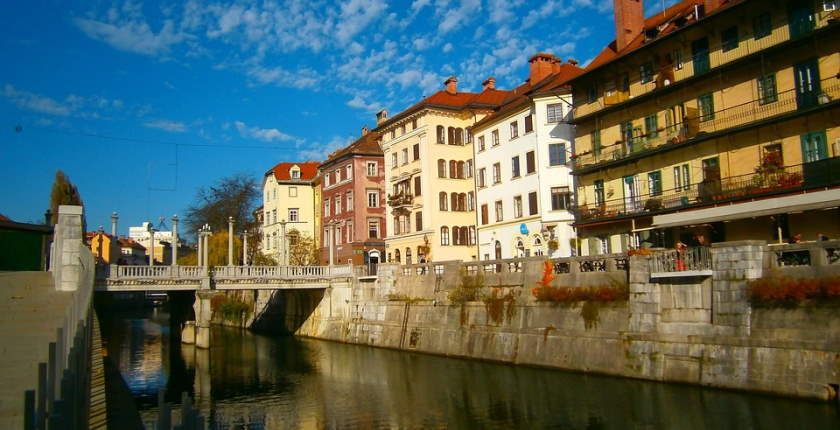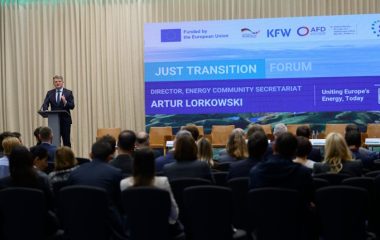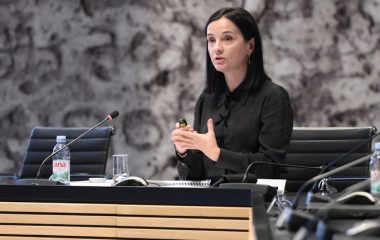
Photo: ValentinaLJ from Pixabay
The energy renovation of buildings until 2050 envisages a reduction of greenhouse gas emissions by 70% in the next ten years, and of CO2 emissions by 75% through 2050 from the 2005 levels.
The Government of Slovenia adopted a long-term energy renovation strategy, defining the measures to decarbonise the national building stock until 2050 and achieve goals for buildings that are defined in the national energy and climate plan (NECP).
Renewable energy sources should account for at least two thirds of energy use in buildings by 2030
The key targets for 2030 are to reduce greenhouse gas emissions in buildings by at least 70%, with renewable energy sources accounting for at least two thirds of energy use in buildings.
The strategy must be implemented in accordance with the European Union’s key objective – putting energy efficiency first, as energy savings are the easiest way of saving money for consumers and reducing greenhouse gas emissions.
By 2050, 74% of single-family homes and 91% of multiapartment buildings should be renovated
According to the strategy, 74% of single-family homes and 91% of multiapartment buildings should be renovated. It is expected to reduce final energy consumption by 45% and CO2 emissions by almost 75% from the 2005 levels, the strategy reads.
Building renovation is a long-term task that will cover the entire stock gradually because more than 75% of current structures are expected to remain in use by mid-century.
The 2050 vision is to come close to net zero emissions in the building sector by using low-carbon and renewable materials in renovation and by focusing on heating with renewables technologies, the document adds.









Be the first one to comment on this article.